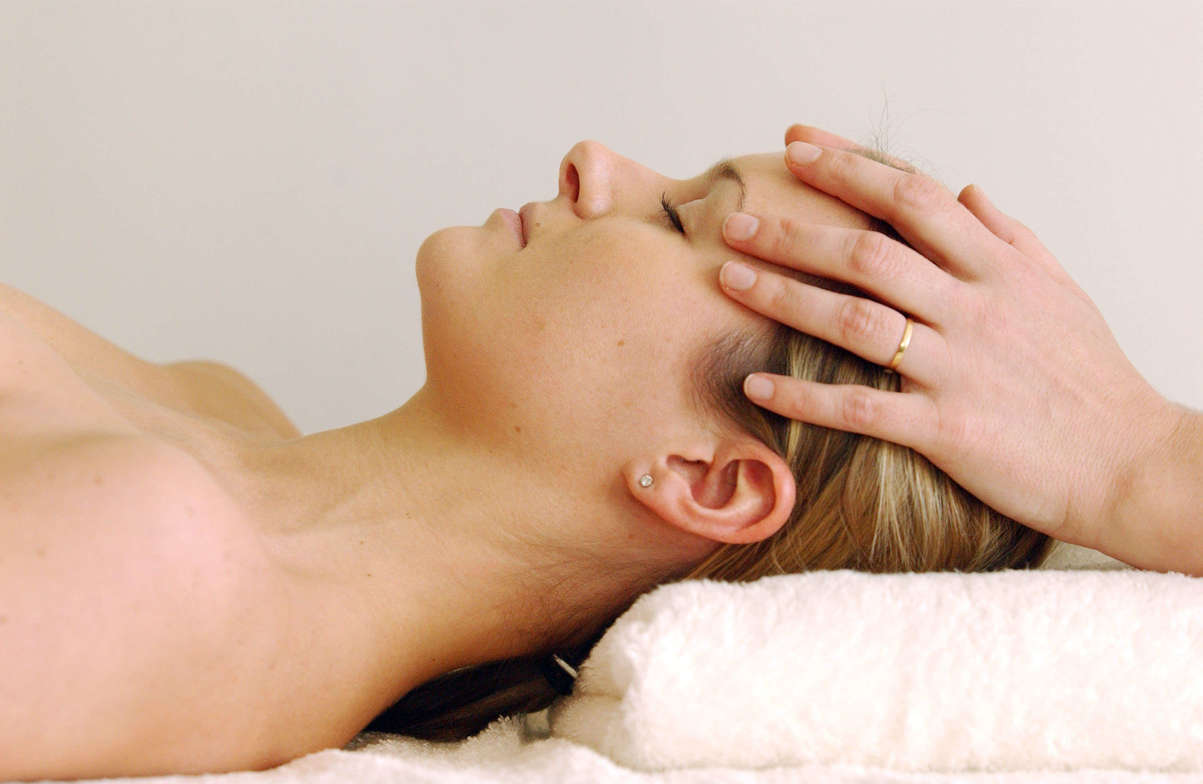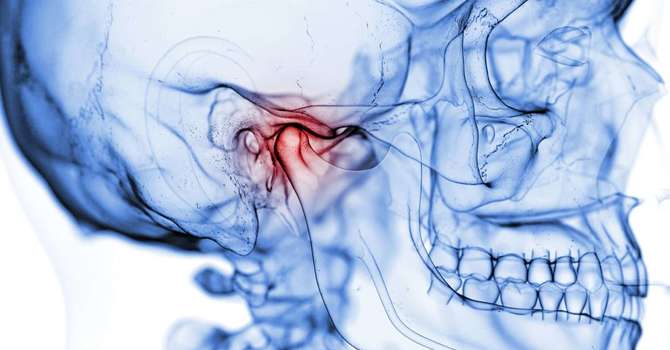
Cranial osteopathy is one set of techniques used by osteopaths and one of the hardest to understand. The techniques were developed by an American osteopathic physician William Garner Sutherland and are designed to restore mobility and reduce tension in the cranial bones, the spinal dura, the meninges (the fascial covering that surrounds the brain), the base of the skull and the sacrum. These techniques also work on the central nervous system. They help with stimulating the flow of cerebrospinal fluid, which bathes and brings nutrition to the nervous system and they help stimulate the parasympathetic nervous system, this helps with relaxation and decreasing stress.
The bones of the skull are joined by strong fibrous tissue but there is a little give between the bones so they can absorb shock if there is trauma. Otherwise the skull would shatter like an egg when hit. The Meninges (spinal dura) is like a bathing cap that surrounds the skull; it joins the dura that surrounds the spinal cord and then attaches at the base of the sacrum.
Following head injuries, concussions, post whiplash or a difficult, prolonged childbirth there can be tensions in these areas. An osteopath uses gentle palpation to feel the tensions in these tissues. The skull will often not feel symmetrical and we can feel the tension in the dura that surrounds the skull.
There is often tension at the base of the skull where the spinal cord and major blood vessels pass through. The techniques gently realign the cranial bones and reduce tension in the cranial and spinal dura.
Cranial osteopathic treatment can help headaches, post concussion symptoms, dizziness, ringing in the ears (tinnitus), TMD, abnormal bite and facial pain especially after trauma. In babies, reflux and colic can be helped as often the vagus nerve is compressed in the base of the skull, and following ear infections as drainage may be impaired due to the infection.
We are often asked what the difference is between cranial osteopathy and craniosacral therapy.
Cranial osteopathy is done by an osteopath, in Canada this is usually a 4 year part-time program. Treatment is based on a comprehensive assessment and cranial techniques are just one part of a total treatment approach.
Craniosacral treatment is a simplified protocol derived from osteopathic principles; practitioners may have only taken a 25 hour course, and courses are open to everyone.
With osteopathic treatment we usually see improvement in 3-4 visits. Our goal is always to find the problem and fix it so ongoing treatment is often not required.



